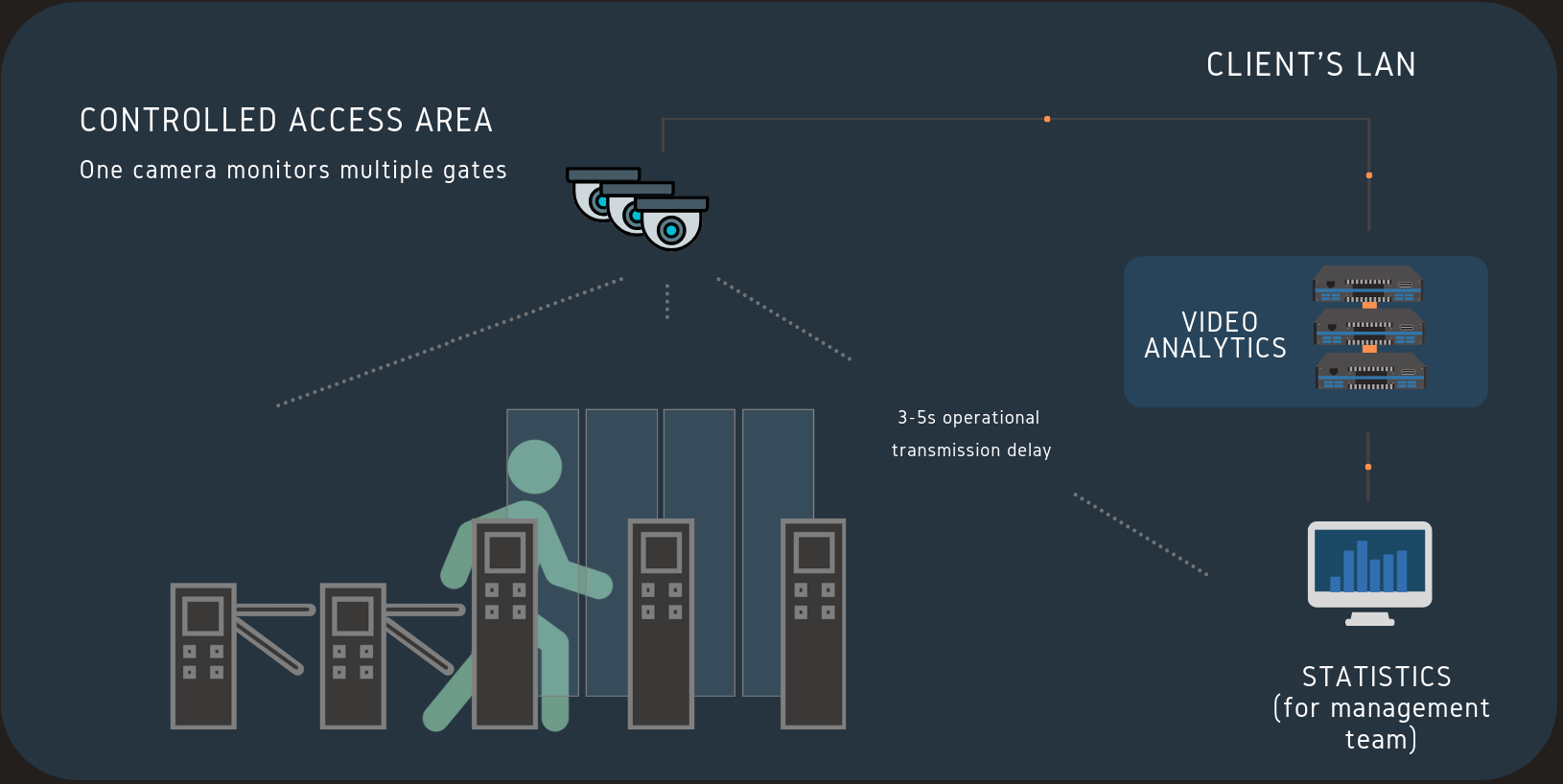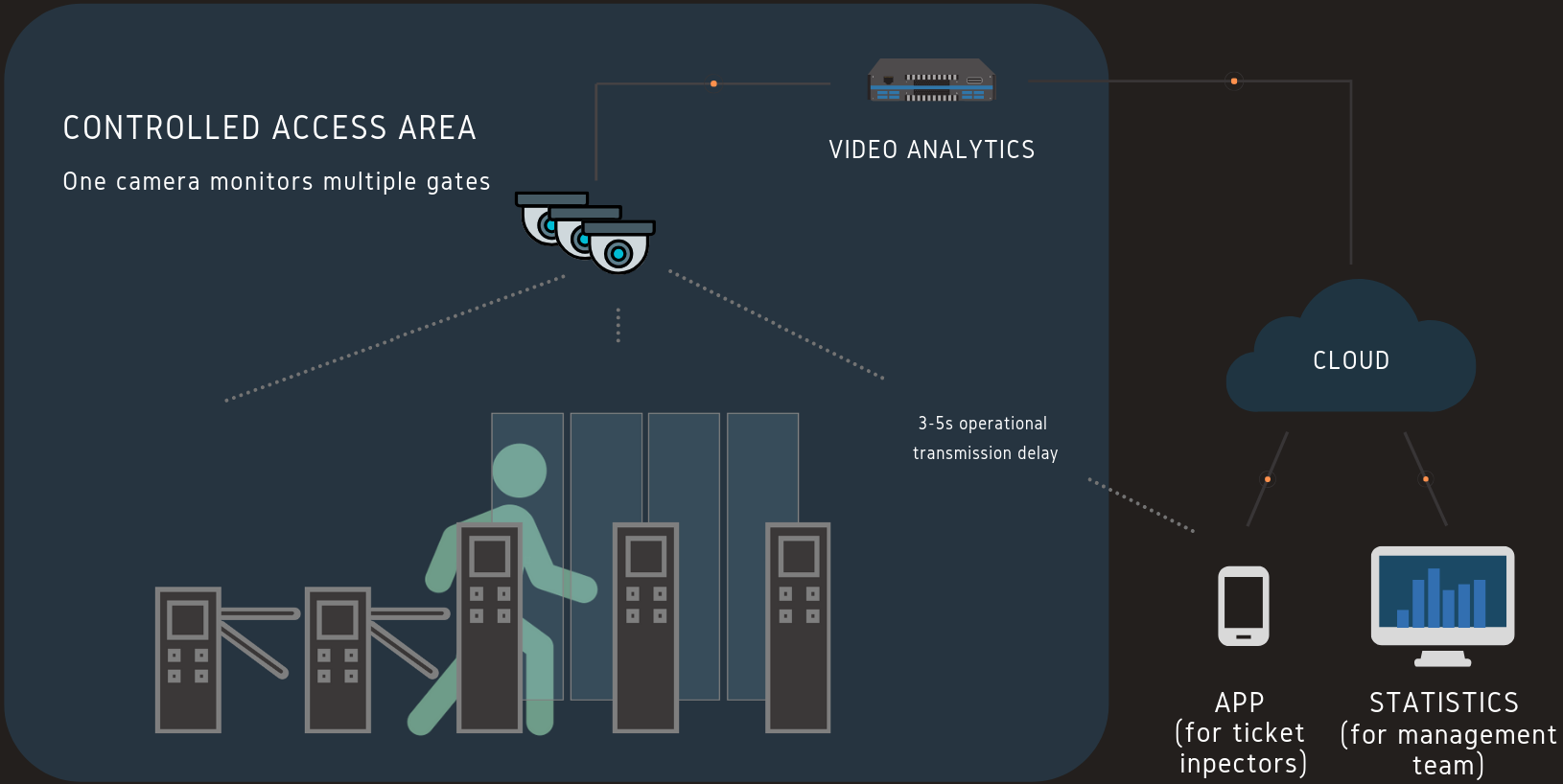DETECTOR
Smart tool to protect public transport revenues, assets, passengers and mobility

Fare evasion: a global issue
Fare evasion (travelling without a valid ticket) is a serious problem affecting public transport worldwide. Not only does it cause significant revenue losses for transport operators, but also creates a feeling of unfairness and unease among paying passengers.
During the Covid-19 pandemic, reduced ticket inspections led to an increase in fare evasion rates at most transit networks.
Resuming traditional mass ticket controls, which require numerous interpersonal interactions, is probably a risky way to curve down this increasing fare evasion trend.
We propose an alternative solution using selective, surgically targeted controls.
DETECTOR
DETECTOR is a real-time AI video analytics system that helps to tackle fare evasion using a selective approach. It enables ticket inspectors to run focused inspections, and provides statistical data that transit managers can use to plan informed operational, safety, and security strategies.
How it works
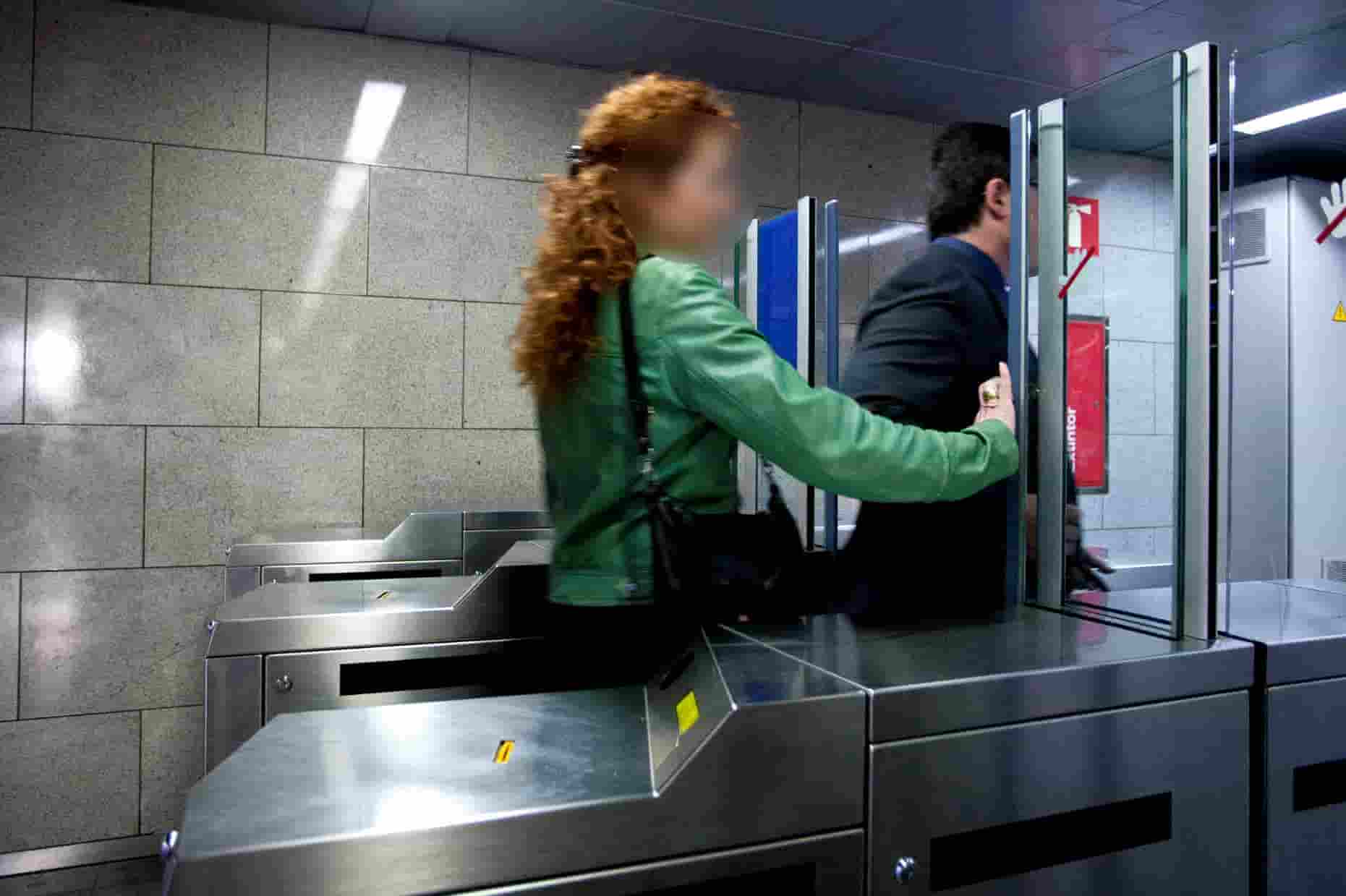
OFFENCE
A camera above the ticket barrier feeds images to DETECTOR’s AI-engine, which detects fare infractions.
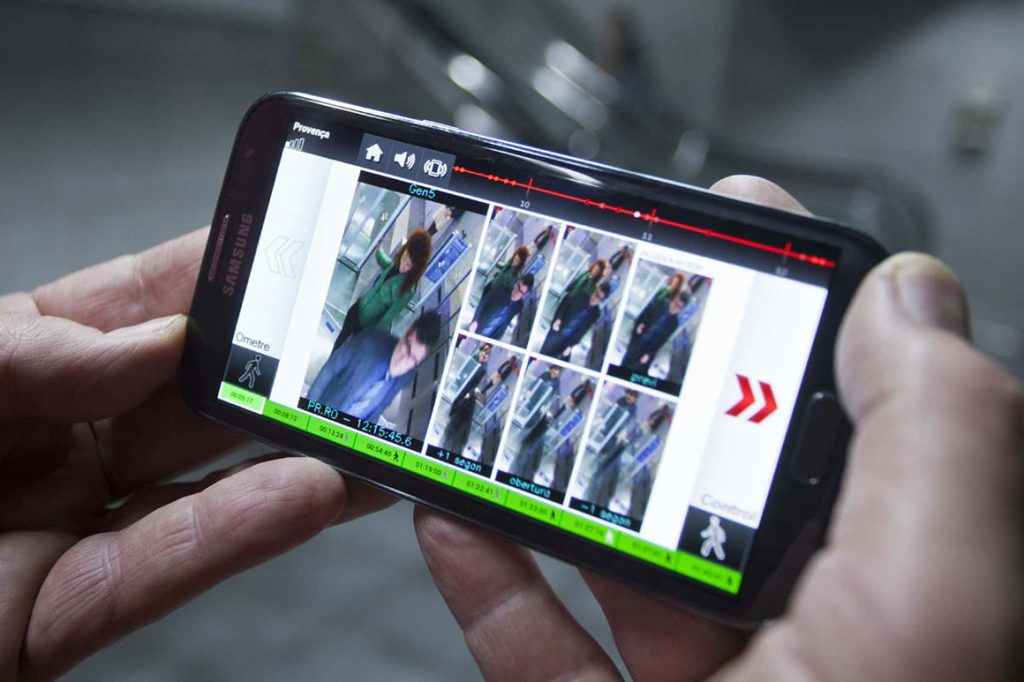
ALERT
The system alerts in real-time, forwarding screenshots of the fare infraction to the app installed on the smartphones of ticket inspectors.

SELECTIVE INSPECTION
The system feeds back the outcome of the fare infraction, so that other inspectors can see it in real-time, allowing for coordinated ticket checks.
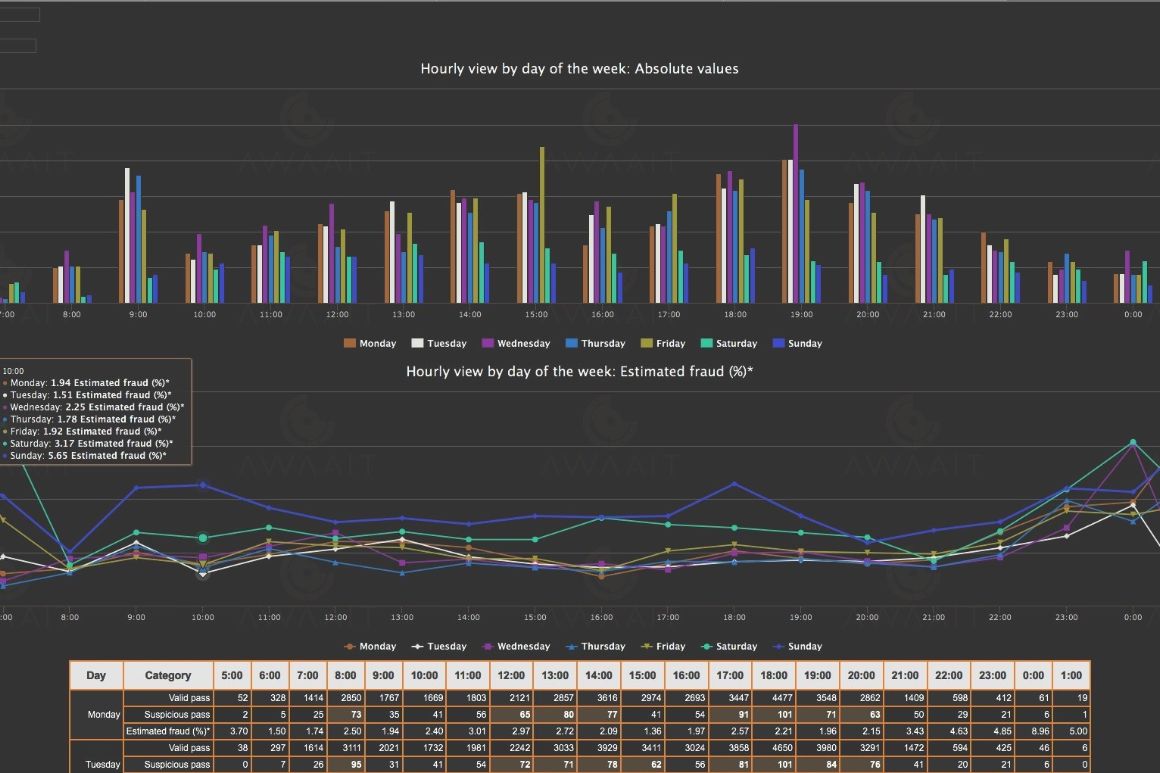
STATISTICS
DETECTOR generates real-time fare evasion data, real-time intervention tracking, efficiency analysis charts, and inspection routes recommendations.
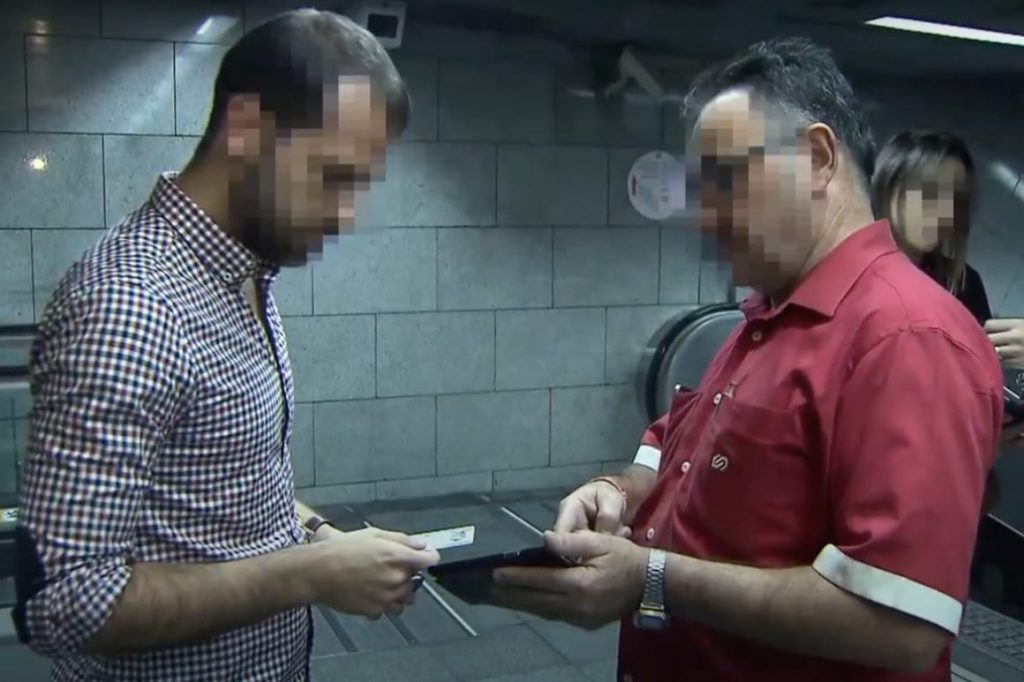
Selective inspections
DETECTOR alerts ticket inspectors only on fare infractions, allowing them to run rapid, targeted interventions by focusing directly on fare evaders
This minimises control inconveniences for paying passengers, allowing interventions during rush-hours without interrupting the passenger flow
If the anticipated risk of an intervention exceeds the capabilities of the controlling team, ticket inspectors can decide to intervene or abstain, avoiding undesirable disputes.
Transit managers can organise strategic ticket control teams that can cover larger areas and run more effective checks
Originally crafted in Barcelona, DETECTOR has undergone rigorous testing with operators across multiple countries and is now seamlessly integrated and operational within major public transport networks globally
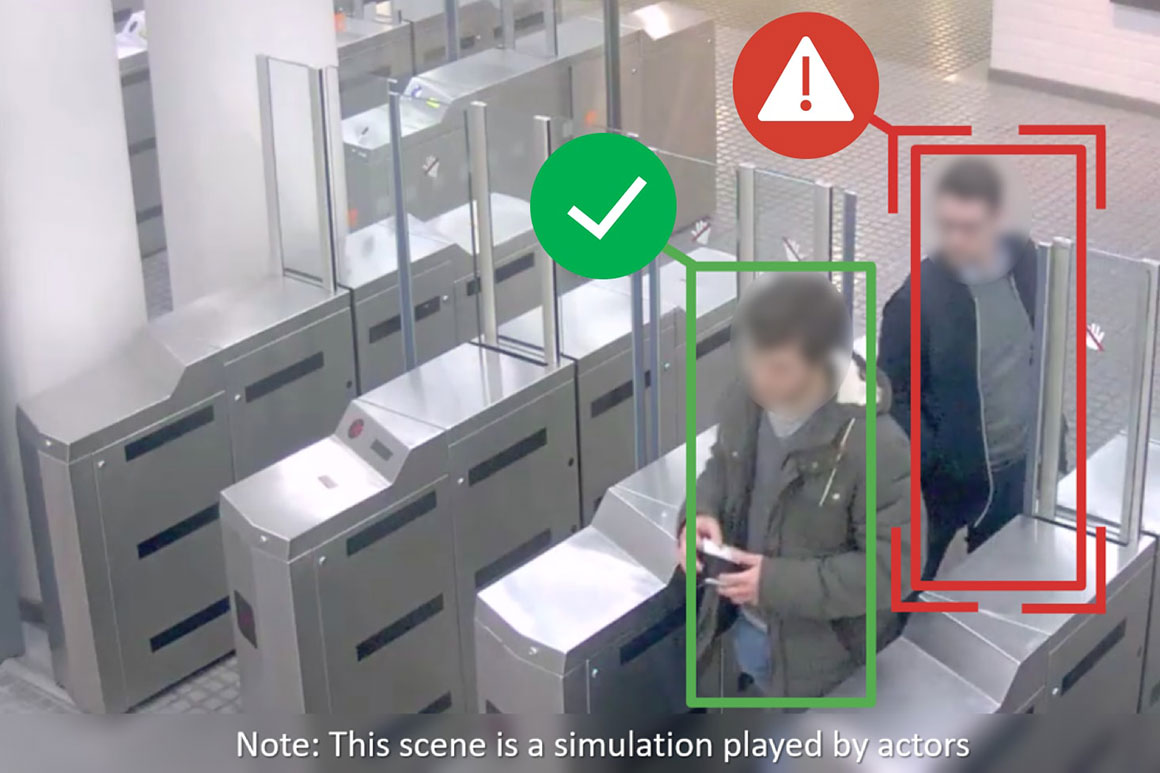
ACCURACY
Traditional video surveillance control centers that manually examine video streams are struggling to keep up with the massive amount of data generated by an increasing number of cameras.
AI systems automatically examine video streams frame by frame, with a robust accuracy, 24/7.
ONE CAMERA FOR MULTIPLE GATES
Cameras installed above the ticket barriers allow for a multi-angle view over the passengers entering or exiting the stations.
A single camera is adept at monitoring multiple access gates simultaneously
DETECTOR operates as a standalone system, relying solely on advanced video analytics and maintaining its independence from fare gates and ticket validation systems, offering a streamlined and secure solution for public transport authorities and operators
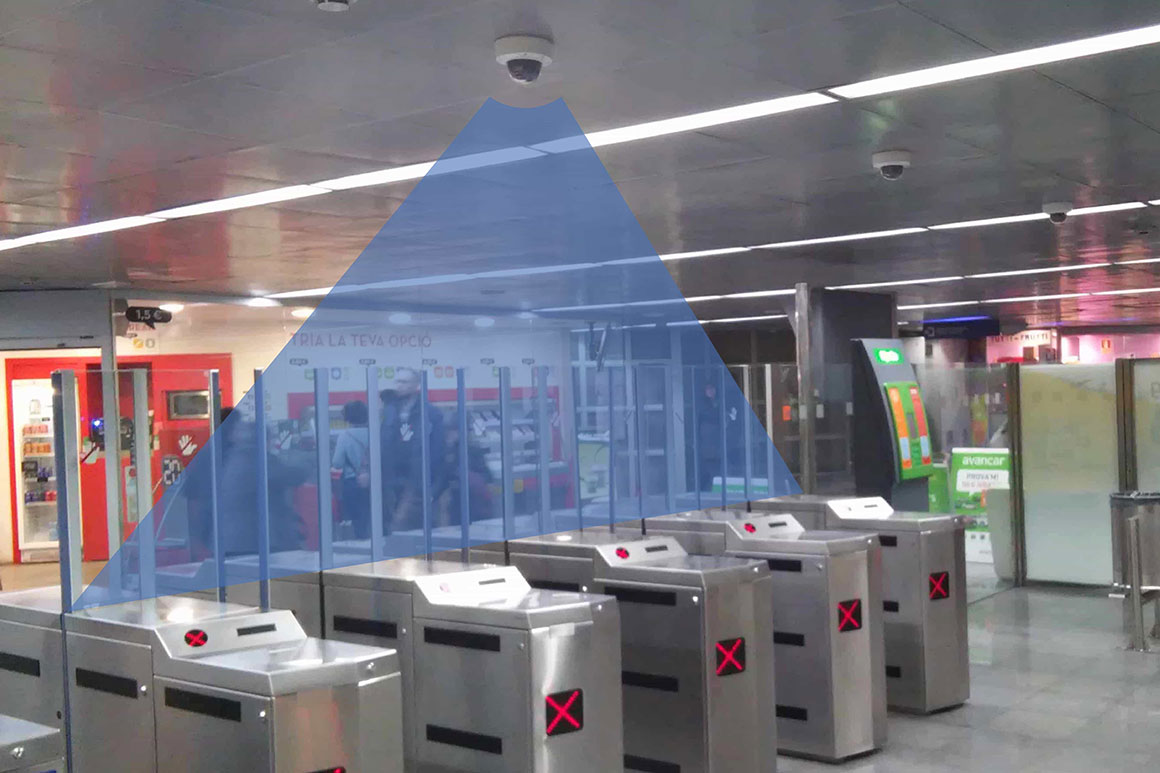
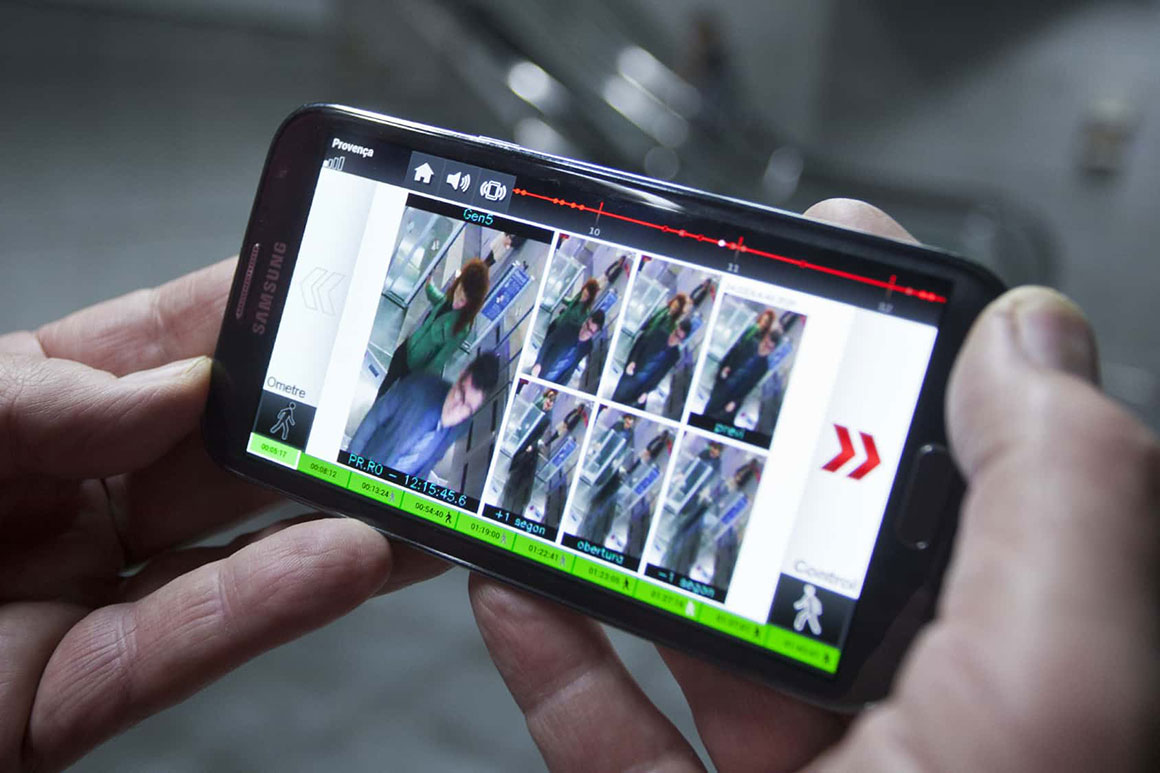
DETECTOR APP
Ticket inspectors receive almost instant fare evasion alerts on their smartphones, allowing for rapid and selective interventions before the offenders reach the platform.
Ticket inspectors can log the outcome of each incident in the app (passenger was checked/ fined or not fined, etc.). The app is available both on iOS and Android.
STATISTICS
Web-based dashboards provide a comprehensive view of fare evasion activity, displaying live data on fare evasion incidents and intervention tracking. These dashboards also feature efficiency analysis graphs and offer intelligent recommendations for inspection routes. Users can access detailed statistics, which are conveniently broken down into hourly, daily, weekly, and monthly intervals.
Granularity of the data is finely tuned, allowing for analysis on a per-gate and per-hour basis.
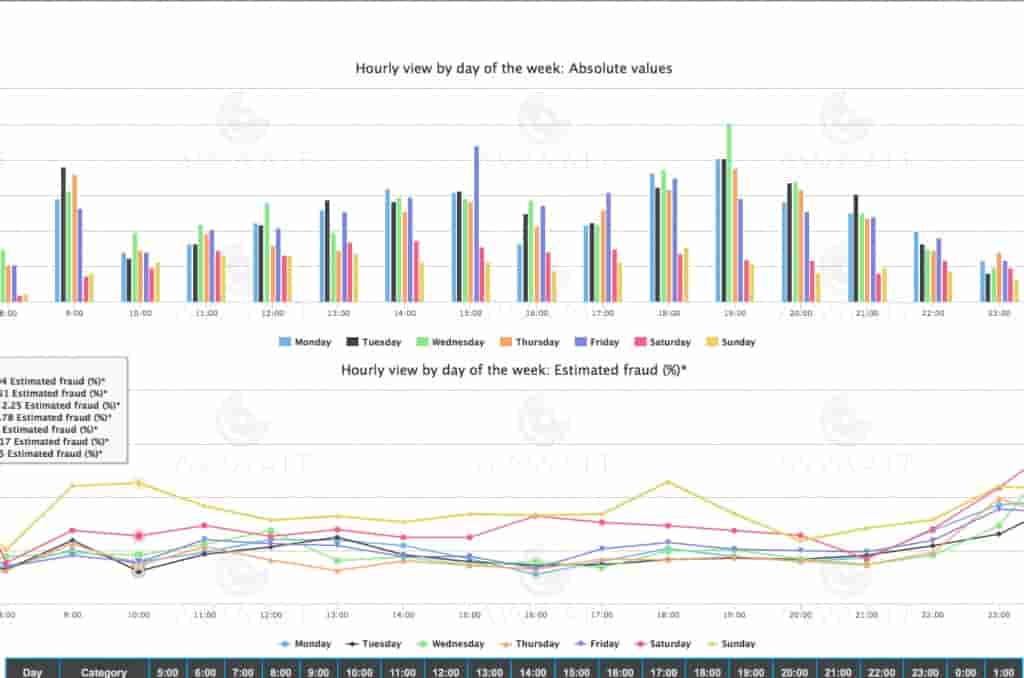
Scalability and reliability
The system can be customized to fit your video management system (VMS) architecture. In most cases, it can be installed on existing VMS systems, cutting down on costs and installation time. If a client does not have a VMS, Awaait can install a distributed system with direct connection to the cameras.
Typical fare evasion methods the system is currently trained to detect

TAILGATING

REVERSE ENTRY

GATE JUMPING

GATE FORCING
70%
Measured drop in fare evasion as reported by public transport operator FGC after pilot tests in Barcelona
For further inquiries or if you would like to trial DETECTOR, please contact us.
